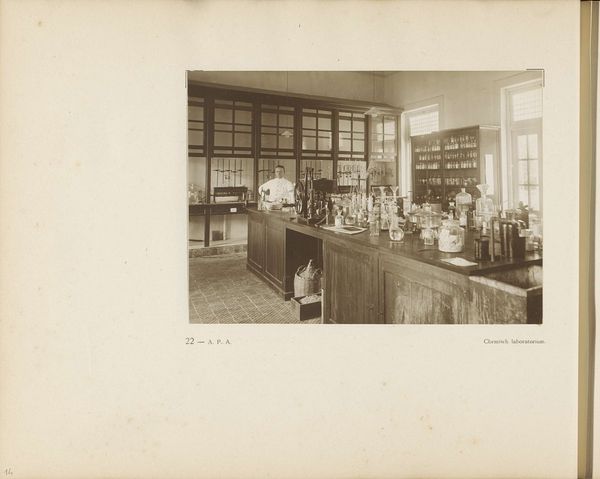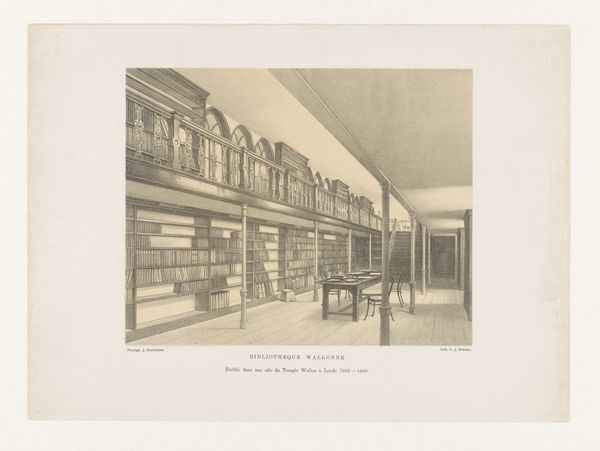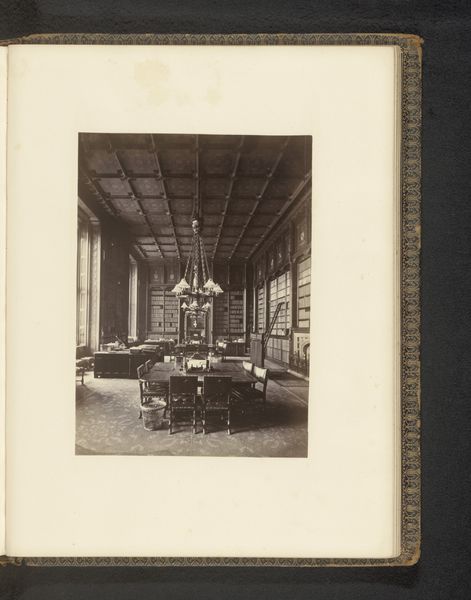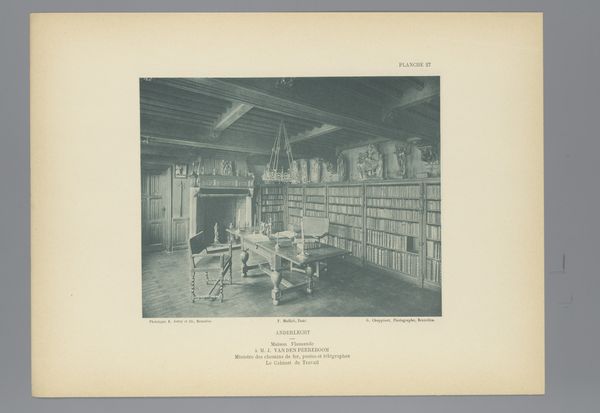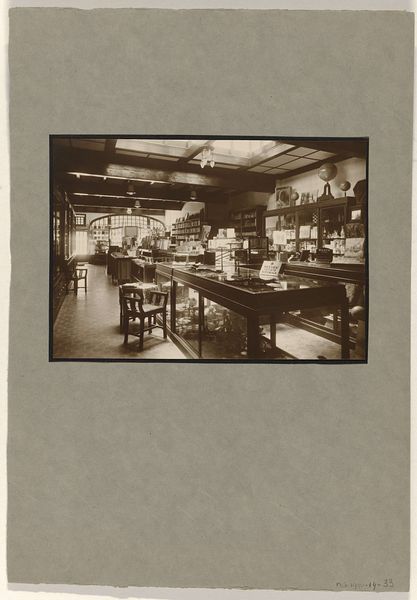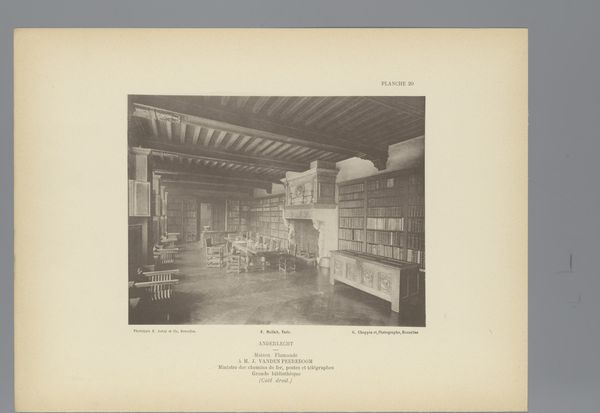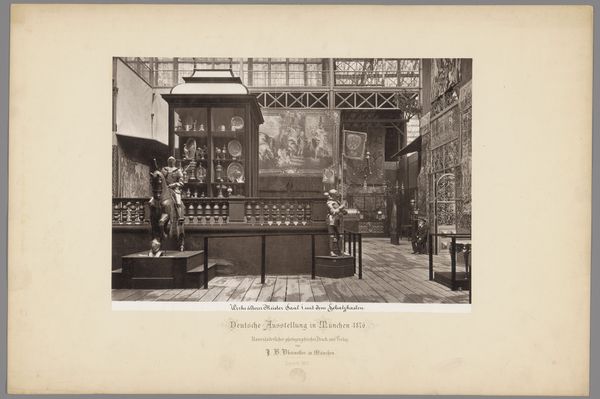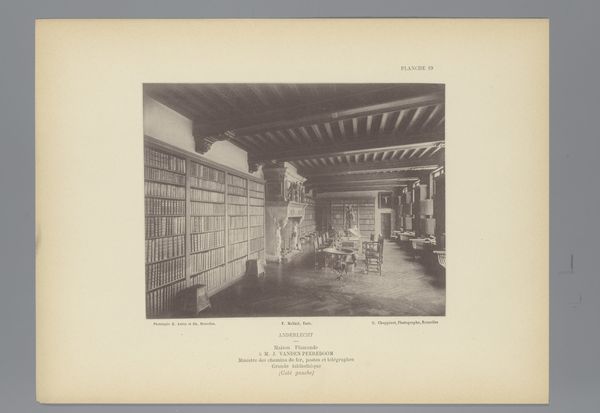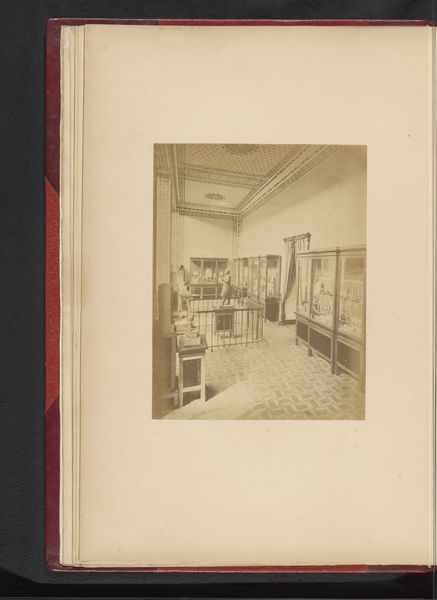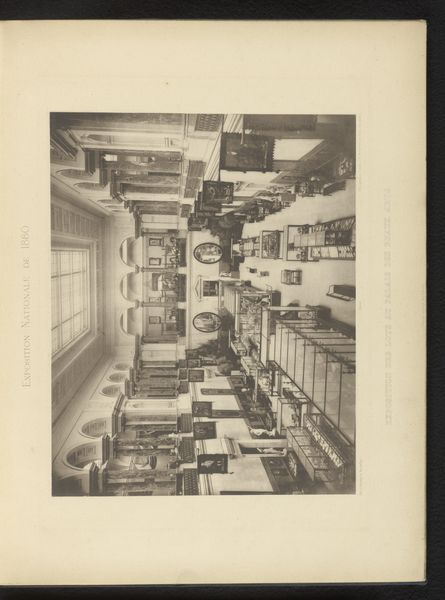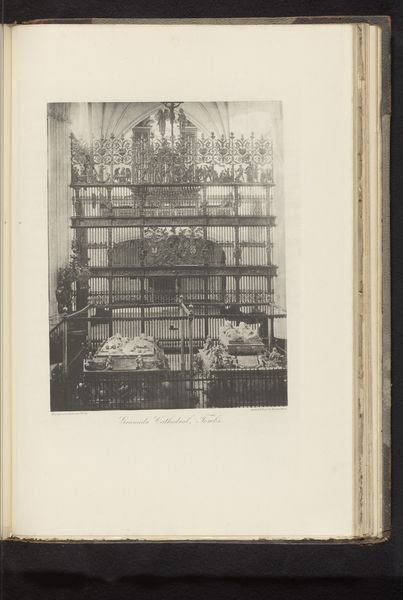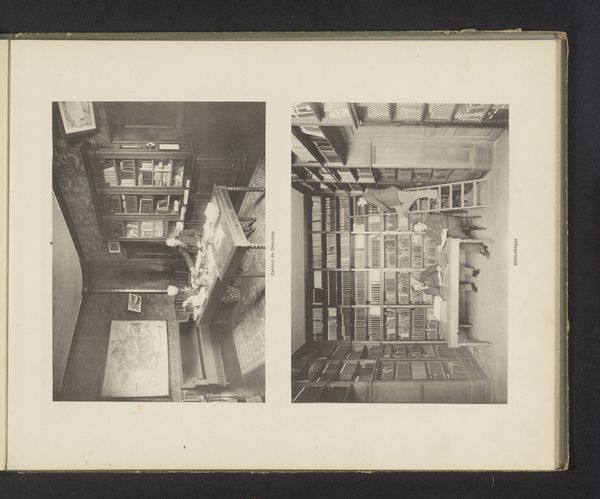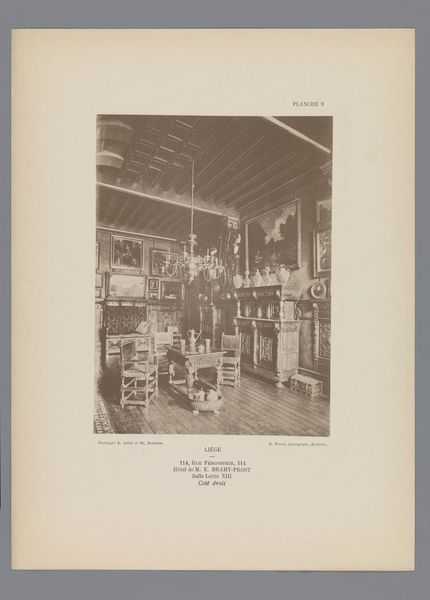
Pagina 23 van fotoboek van de Algemeene Vereeniging van Rubberplanters ter Oostkust van Sumatra (A.V.R.O.S.) c. 1924 - 1925
0:00
0:00
jwmeyster
Rijksmuseum
print, photography, gelatin-silver-print
# print
#
photography
#
gelatin-silver-print
#
modernism
Dimensions: height 240 mm, width 310 mm
Copyright: Rijks Museum: Open Domain
Curator: This photograph, titled "Pagina 23 van fotoboek van de Algemeene Vereeniging van Rubberplanters ter Oostkust van Sumatra (A.V.R.O.S.)", taken around 1924 or 1925, is a gelatin silver print held here at the Rijksmuseum. Editor: It feels surprisingly modern for something almost a century old. The light and shadow interplay give it such a crisp, clean look. It makes me wonder what the making-of process involved. Curator: Well, this was part of a photo book commissioned by a rubber plantation association. It's an attempt to document, and arguably idealize, the facilities they provided. Editor: Rubber plantation, right? You have got to consider the physical act of constructing these facilities in colonial Sumatra. The buildings, these bookcases—materials probably sourced locally by local hands, then assembled by plantation workers... a far cry from the clean aesthetic captured by the photography. Curator: That tension is precisely what makes it interesting! This is Modernism meeting colonialism. The photograph, its very existence and purpose, is tied to the socio-political landscape of the time. The labor required versus the intended image for shareholders is striking. Editor: Precisely! Even the book itself as an object—mass-produced, distributed to shareholders—embodies both the progress the company touted and the hidden costs of such progress. I see the image of the library, a space for leisure, as starkly contrasting with manual rubber harvesting. Curator: It serves as a reminder that art rarely exists in a vacuum. And here, we see the intersection of industry, labor, and colonial power made visual. Editor: True. Thinking about it from the standpoint of labor and the resources required offers such a valuable perspective beyond the photographic quality. Curator: And hopefully inspires visitors to contemplate those unseen, yet essential layers of context that underpin seemingly straightforward images. Editor: Definitely—it shifts how you view it completely, making it much more than just a picture of a library. It's about revealing its inherent connection to a complex global operation.
Comments
No comments
Be the first to comment and join the conversation on the ultimate creative platform.
